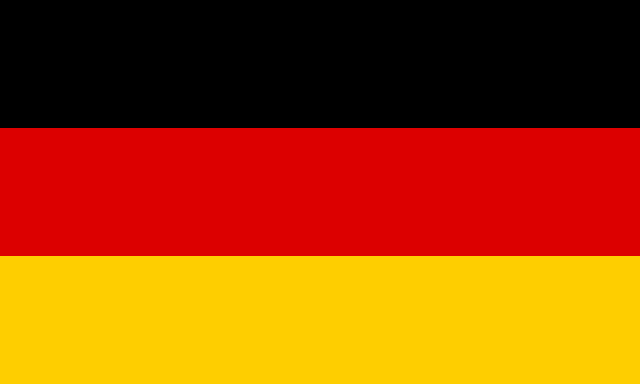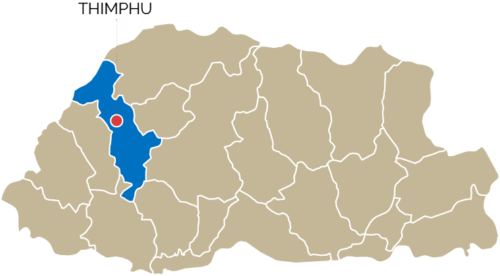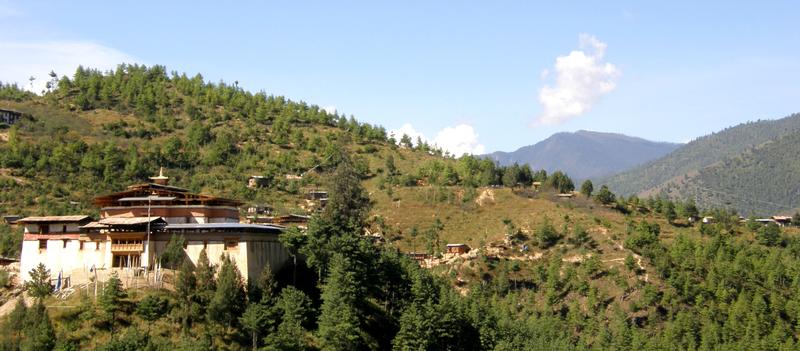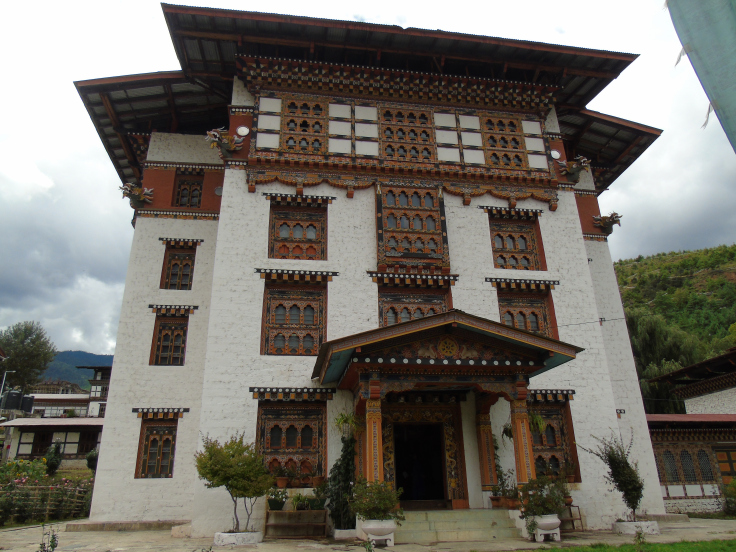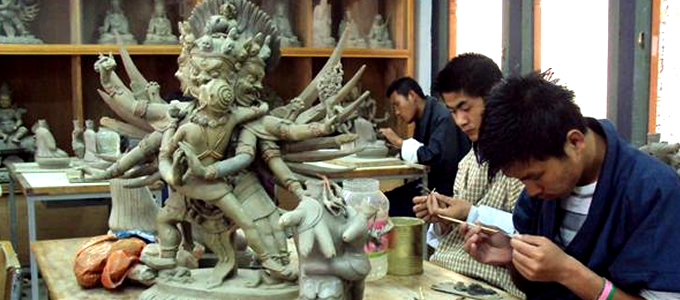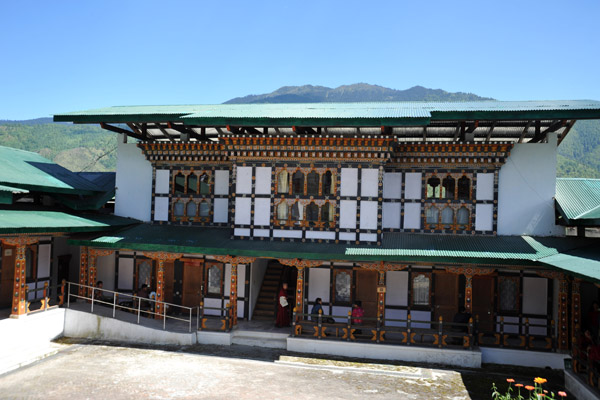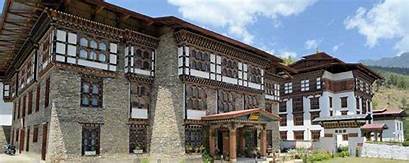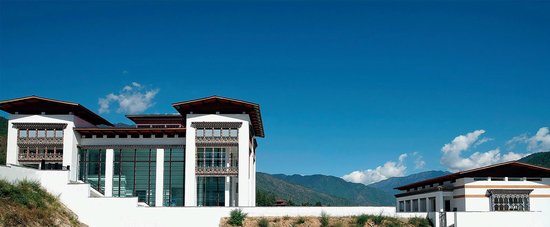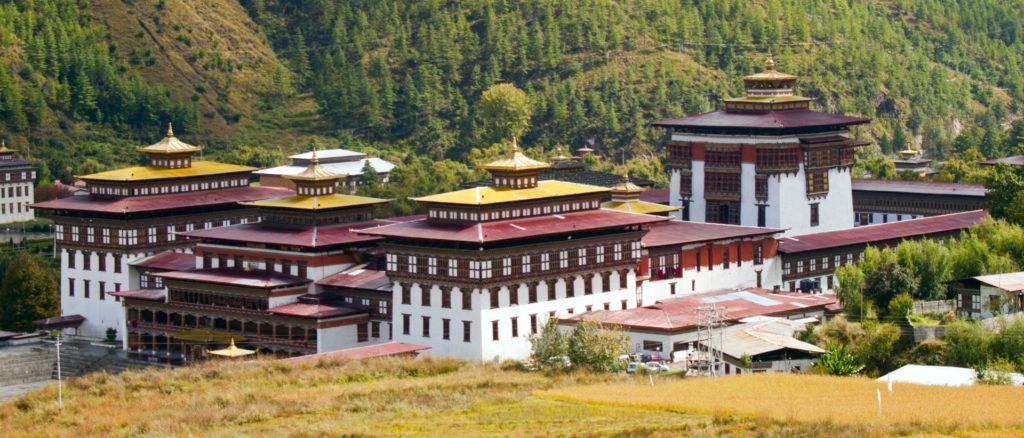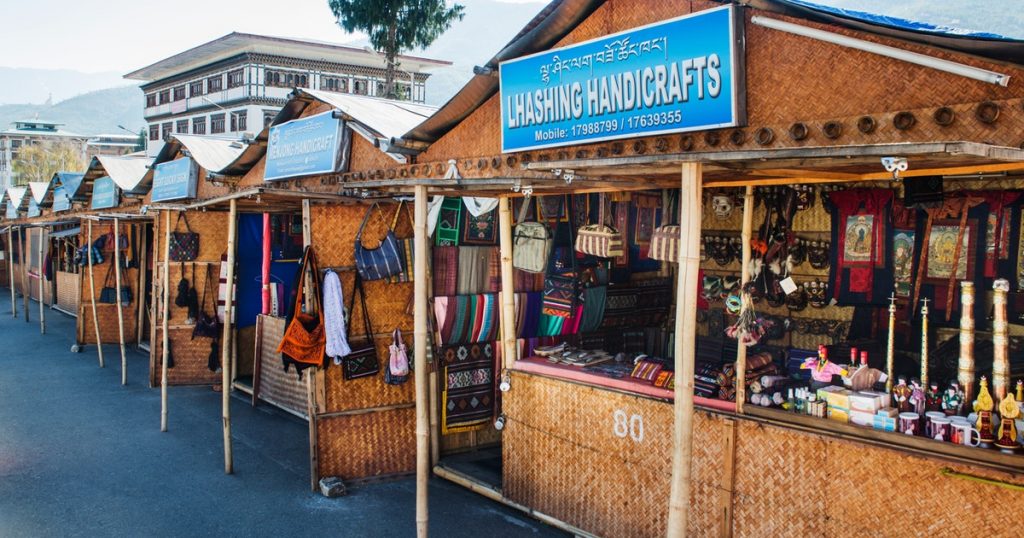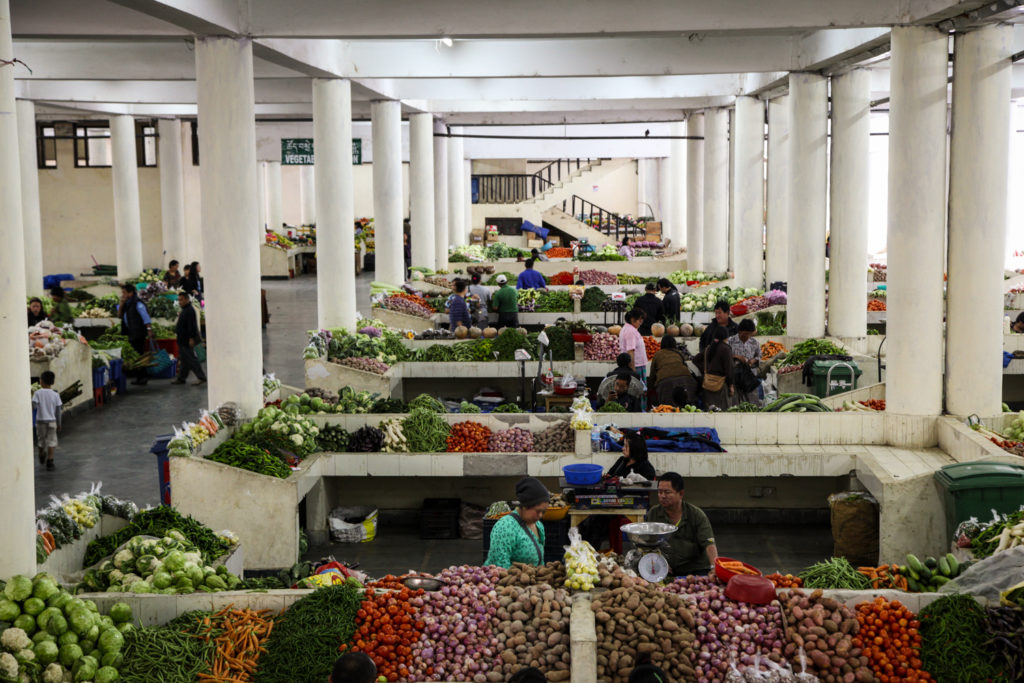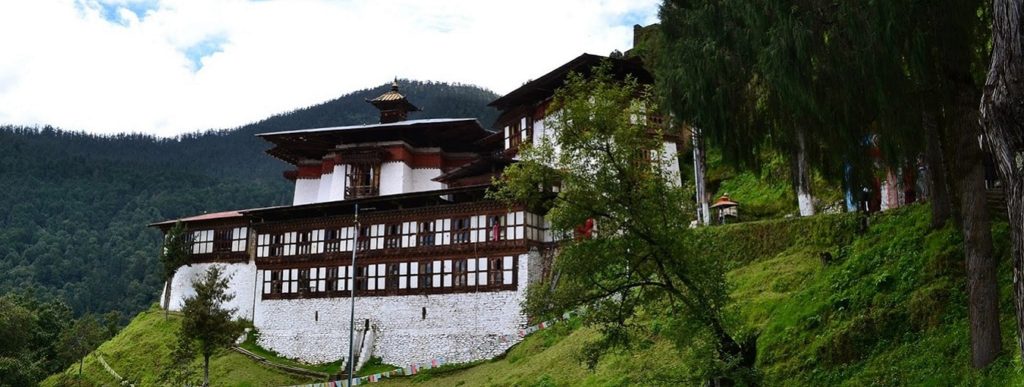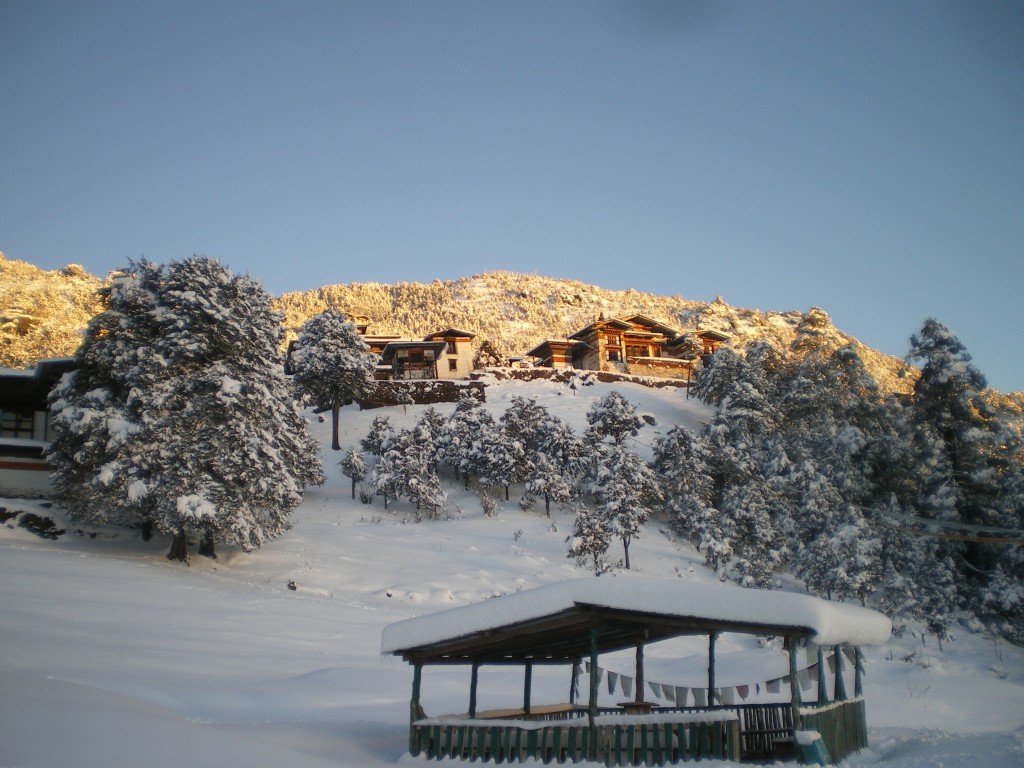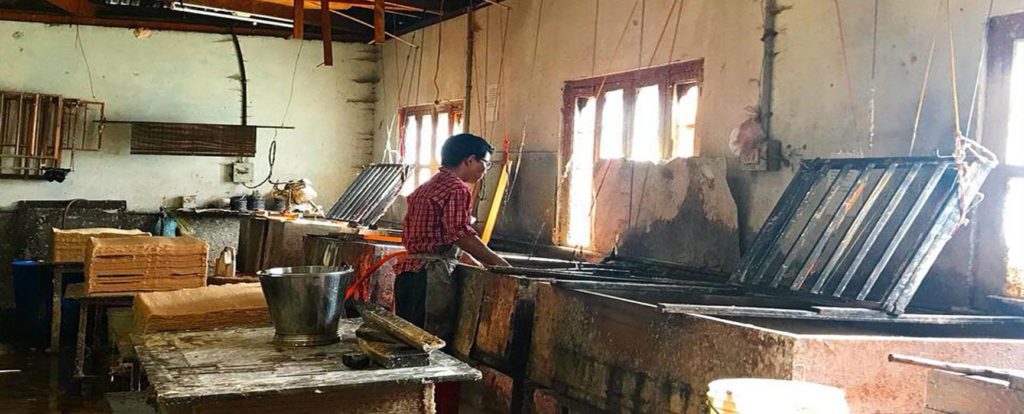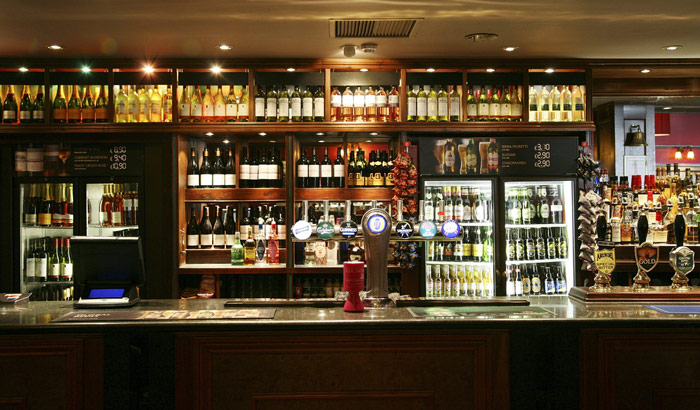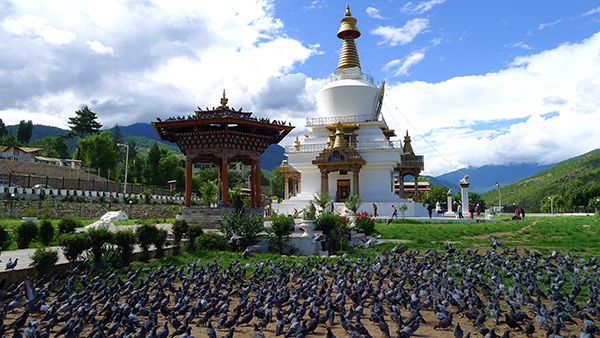
The National Memorial Chorten was built in memory of Third Druk Gyalpo and is dedicated to World Peace. The chorten is a large white structure crowned with a golden spire.
It is located close to the center of Thimphu city and is one of its most iconic monuments. Visitors will find elderly Bhutanese people circumambulating the Chorten throughout the day. Chorten literally means ‘Seat of Faith’ and Buddhists often call such monuments, the ‘Mind of Buddha’. The Chorten is an extraordinary example of Buddhist architecture and artwork with its gorgeous paintings and intricate sculptures.




